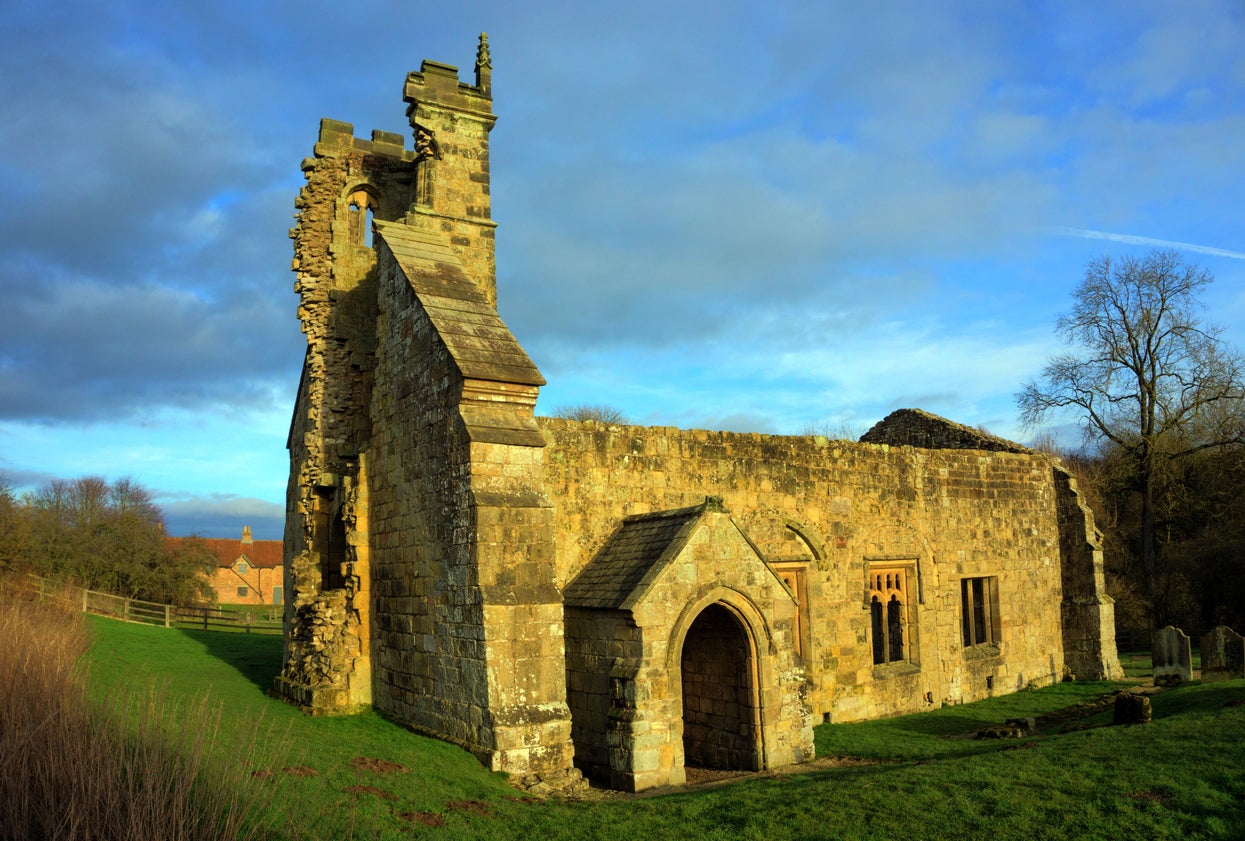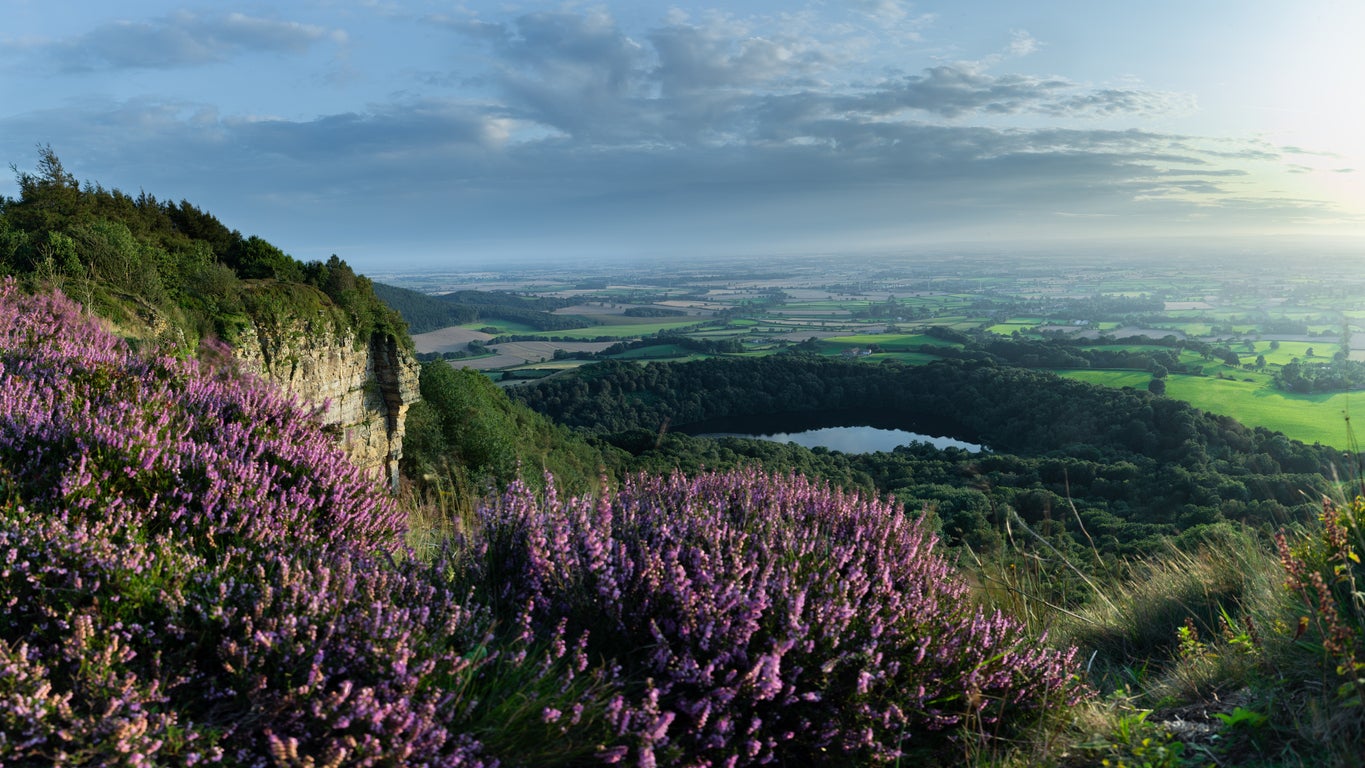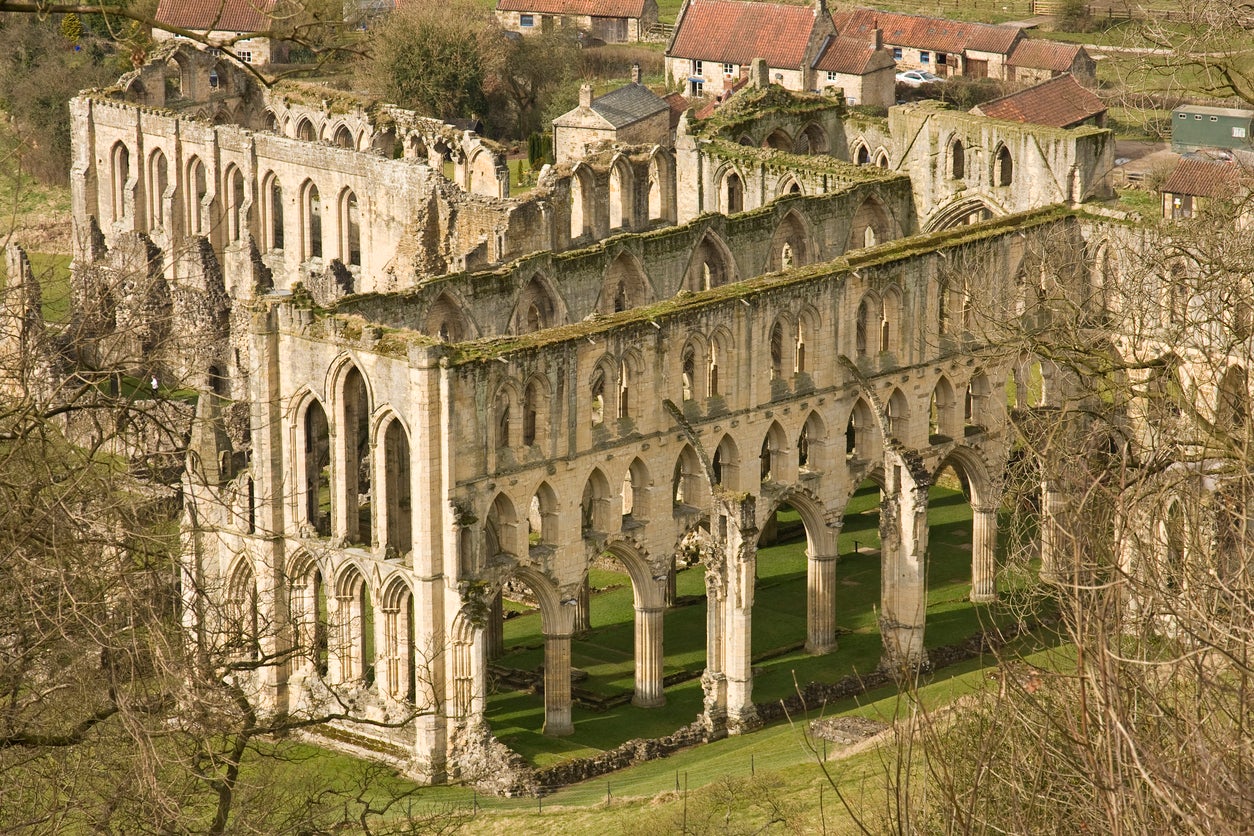An unholy pilgrimage on the Whitby Way
You don’t need to be a believer to have a transcendent experience on this Yorkshire walking route, finds Daniel Stables

The autumn sunlight glimmered in York Minster’s West Window, picking out dancing shards of purple and gold in the stained glass. They call this immaculate confection the Heart of Yorkshire – which, appropriately enough, is exactly where I was heading. With international travel curtailed, I was forced to seek adventures closer to home, and this was my latest effort: vaguely following a 70-mile pilgrimage route from York Minster to the spectral ruins of Whitby Abbey.
I’m not religious, but the Whitby Way’s appeal far transcends the purview of the pious pilgrim. The beauty of the Yorkshire countryside is enough to induce anyone into a dazed reverie, but there’s also folklore and history haunting every corner of the route, much of it distinctly unholy – culminating at Whitby, where some strange spirit impelled Bram Stoker to pen his Gothic masterwork, Dracula.
Rain came hammering down as I trudged north toward the Yorkshire Wolds. The thought of a week’s walk in these conditions was making my spirits slump, but then a road sign announced a town called Wetwang, and my soul smiled anew. By the time a signpost appeared for Wetwang Slack, I was positively jubilant. Before long I’d arrived at my first stop: the deserted medieval village of Wharram Percy. There are some 3,000 such villages scattered across Britain – abandoned due to pestilence, lost beneath raging rivers, or swatted away on the whims of manorial landscape gardeners. Wharram Percy’s elegantly crumbling church, shimmering millpond and rich archaeological bounty have made it the most famous of its type; though not strictly on the Whitby Way, it was a diversion I couldn’t resist.

It was long thought that Wharram Percy’s abandonment in the early 1500s was because its landowners decided to turn the land over for sheep pasture. In 2017, however, excavations unearthed bodies that had been exhumed and decapitated, their bones cut with arrowheads and burned – a practice believed to prevent undead revenants rising from their graves. This vampire hysteria was a common phenomenon in medieval Yorkshire. English Heritage maintains that Wharram Percy’s desertion was an agrarian matter; I rather think that displays a lack of imagination.
The soft curves of the Howardian Hills, dotted with ancient woodlands of hazel and ash, made a pleasant backdrop for the next day’s ramble. In the well-to-do village of Coxwold, I peered through the rain-streaked windows of Shandy Hall, the red-brick house where 18th-century writer Laurence Sterne wrote the experimental novel Tristram Shandy. The clouds began to part as I manoeuvred sodden farmers’ fields, and I turned a corner just in time for the emergent sunset to cast aglow the broken crescent window which dominates the 12th-century Cistercian ruins of Byland Abbey.
I was the one haunting these churches now, like a ghost in a raincoat
A manuscript unearthed from the abbey’s library includes 12 local ghost stories written by one of the resident monks. One tale concerns a naughty priest whose posthumous wanderings to visit his former mistress in the village of Cold Kirby only ceased when his body was dug up and plunged into nearby Gormire Lake (now a scenic swimming spot). Another tells of a young man whose reanimated corpse rose from his grave at night and terrorised local villagers, all the while pursued by a pack of barking dogs.
Happily I encountered no such thing (though I was jumped by a crazed pheasant) as I hiked north, through forests of cinnabar and gold, to another Cistercian ruin, Rievaulx Abbey. This too is claimed to be haunted – the abbey bell hasn’t stood here for 400 years, but it’s said you can hear it tolling on a quiet night – but as I sat in the cafe, warming up with a bowl of monk’s pottage (a hearty vegetable and herb stew) as the chatter of visiting families filled the air, the place felt as alive as ever.

With the clouds darkening again on the path to Kirkdale, I took shelter beneath the Anglo-Saxon eaves of St Gregory’s Minster. I was the one haunting these churches now, like a ghost in a raincoat. The worst of the weather, though, was yet to come. My day navigating the wild North York Moors fell not only on Halloween, but on a full moon – I’ve seen An American Werewolf in London, but what was the worst that could happen? – and while I was spared the ravages of supernatural dog-beasts, I fell prey to the wrath of Storm Aiden, which was then bludgeoning the country with 80mph winds.

I repeatedly strayed from the path in the opaque fog of the moors, but by some miracle I eventually emerged from the soup, a gormless ghoul with water in my boots and twigs in my hair. The weather took pity on me as I tramped the end of the trail, dappled sunlight playing on the forest floor of the Esk Valley, until finally Whitby Abbey revealed itself, abiding gloomily atop a windbeaten cliff. As Dracula himself did in the form of a large dog, I staggered up the 199 steps to the abbey ruins, exhausted but sure of one thing: walking a pilgrimage route can be a great adventure. Even for a heathen like me.
Join our commenting forum
Join thought-provoking conversations, follow other Independent readers and see their replies
Comments
Bookmark popover
Removed from bookmarks